The take off path of a helicopter from the start of take off extends to a point ? [ Exam pilot ]
Question 101-1 : 1000 ft 500 ft 1500 ft 100 ft
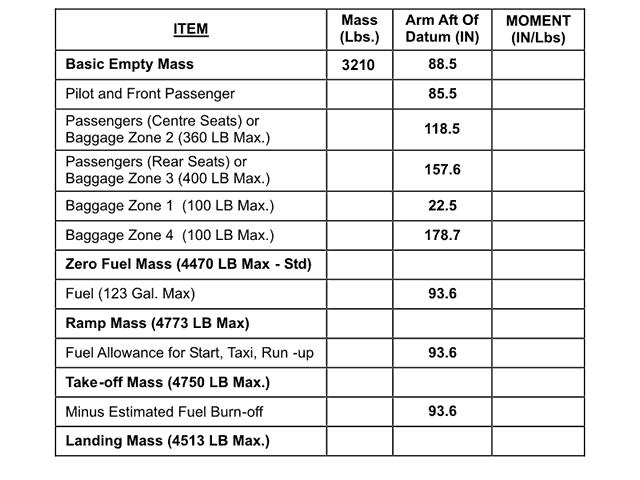 1000 ft.
1000 ft. The todrh is the horizontal distance required between the start of the take off ?
Question 101-2 : 35 ft above the take off surface and a positive climb gradient in case of failure of the critical engine 15 ft above the take off surface and a positive climb gradient in case of failure of the critical engine 35 ft above the take off surface and a positive or zero climb gradient in case of failure of the critical engine 50 ft above the take off surface and a positive or zero climb gradient in case of failure of the critical engine
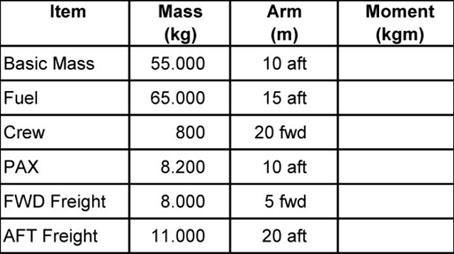 35 ft above the take off surface and a positive climb gradient in case of failure of the critical engine.
35 ft above the take off surface and a positive climb gradient in case of failure of the critical engine. Tlof means ?
Question 101-3 : An area for touch down and lift off the length of an operational runway in feet the person in charge of take offs and landings the speed for translational lift
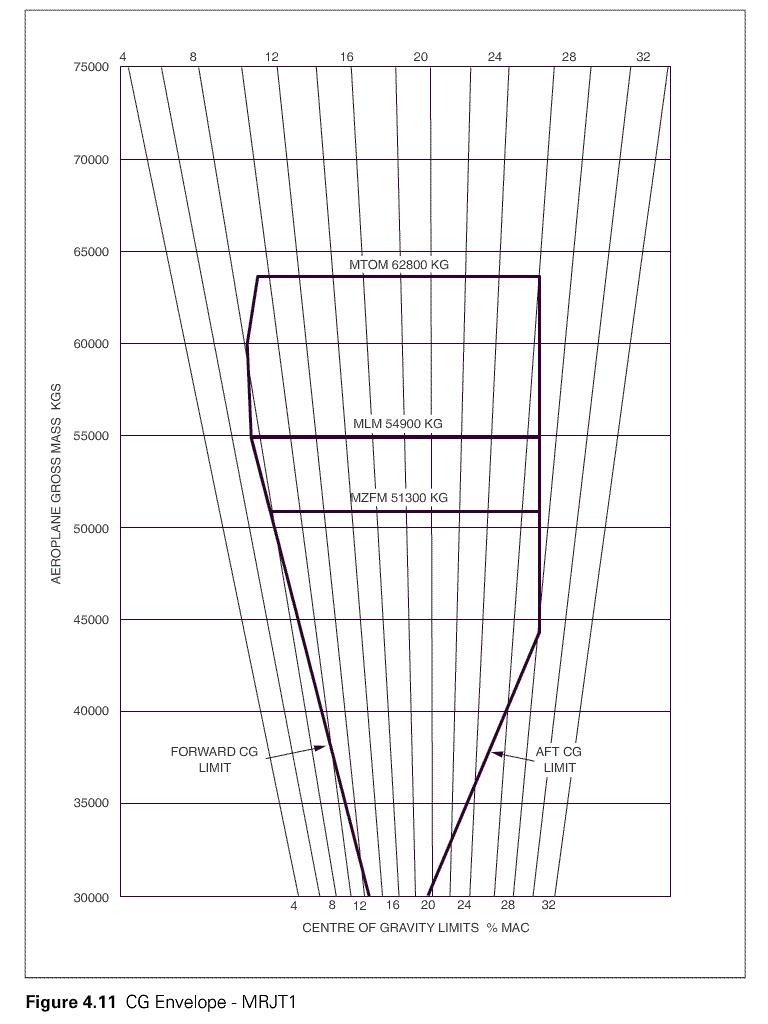 An area for touch down and lift off.
An area for touch down and lift off. When calculating the take off performaces of a performance class 2 helicopter ?
Question 101-4 : Maximum 50% of the reported headwind at least 50% of the reported headwind maximum 150% of the reported headwind maximum 60% of the reported headwind
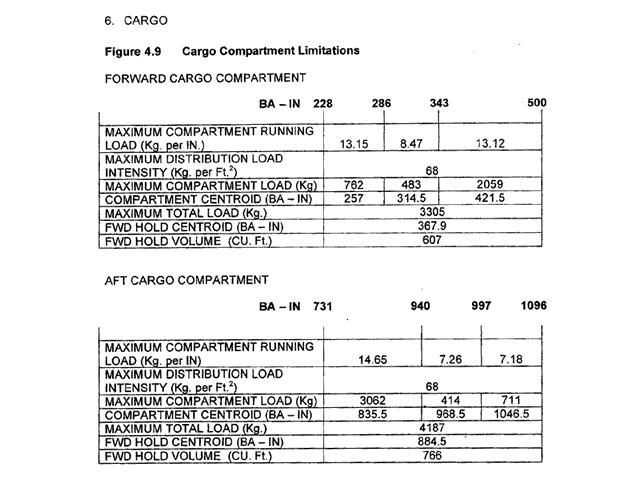 Maximum 50% of the reported headwind.
Maximum 50% of the reported headwind. Vx means the speed for ?
Question 101-5 : Best angle of climb best angle of glide best rate of climb best approach speed
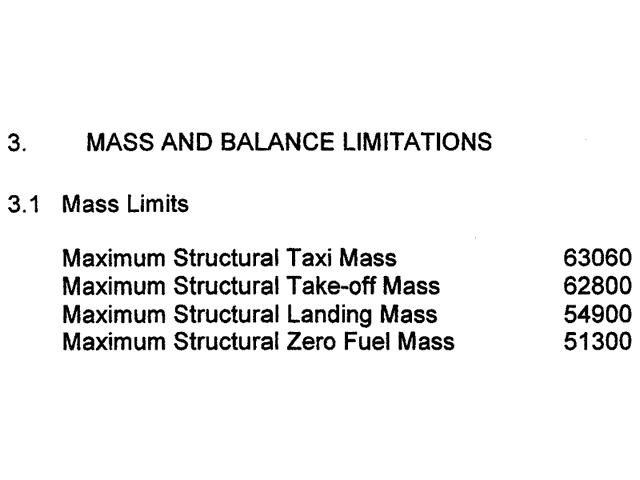 Best angle of climb.
Best angle of climb. What is the abbreviation for the term 'never exceed speed' ?
Question 101-6 : Vne vno vnx vle
 Vne
Vne What does the abbreviation 'oei' mean ?
Question 101-7 : One engine inoperative outboard electrical input override electrical inverter out of engine limits
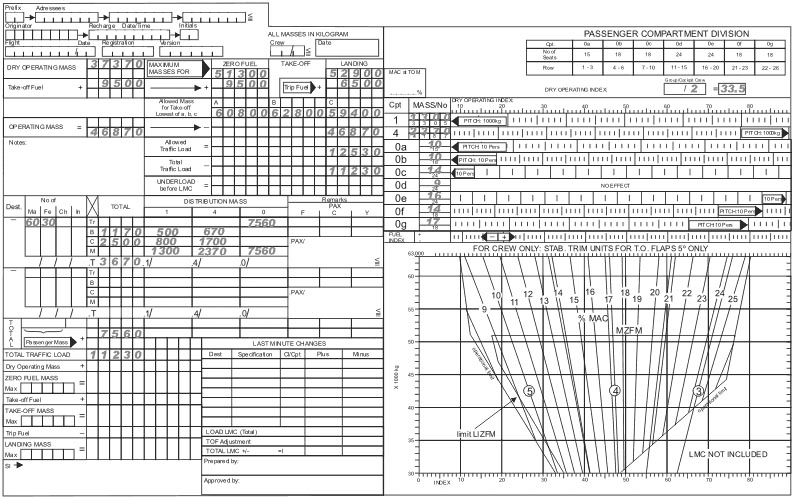 One engine inoperative.
One engine inoperative. What does the abbreviation 'vle' mean ?
Question 101-8 : Maximum landing gear extended speed maximum landing gear operating speed minimum level speed maximum level speed
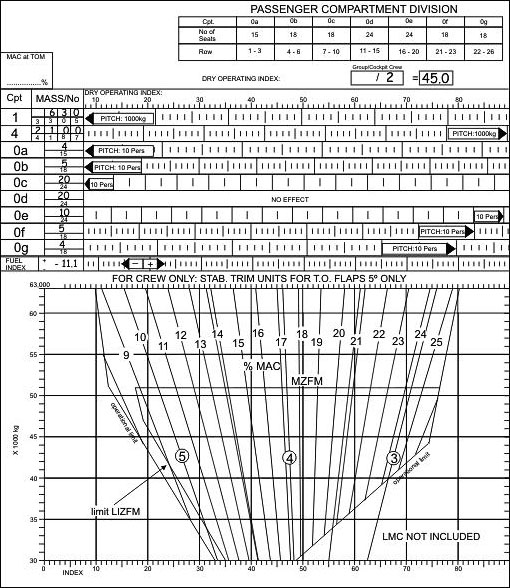 Maximum landing gear extended speed.
Maximum landing gear extended speed. What does the abbreviation 'vlo' mean ?
Question 101-9 : Maximum landing gear operating speed maximum landing gear extended speed minimum landing gear extended speed maximum low level speed
 Maximum landing gear operating speed.
Maximum landing gear operating speed. What effect does temperature have on the performance limited take off mass ?
Question 101-10 : Rising temperatures will lower the performance limited take off mass rising temperatures will permit a higher performance limited take off mass falling temperatures will require a lower performance limited take off mass a change in temperature does not affect the performance limited take off mass
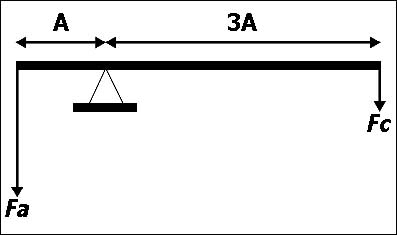 Rising temperatures will lower the performance limited take-off mass.
Rising temperatures will lower the performance limited take-off mass. What is the abbreviation for the term 'maximum landing gear extended speed' ?
Question 101-11 : Vle vlo vne va
What is the abbreviation for the term 'maximum landing gear operating speed' ?
Question 101-12 : Vlo vle vgo vlg
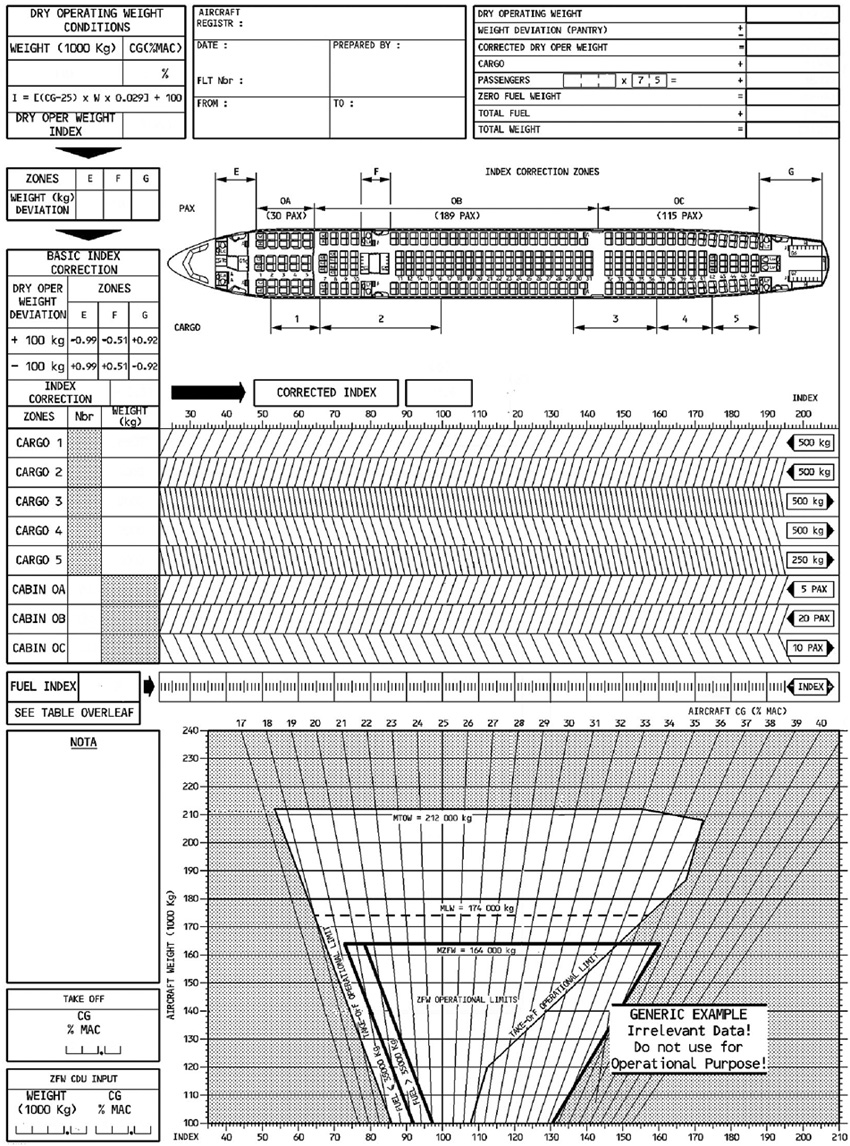 Vlo
Vlo The main difference between category a and category b helicopters is ?
Question 101-13 : Category a has guaranteed stay up capability category b has not category b has guaranteed stay up capability category a has not that category a is for multi engine helicopters and category b for single engine helicopters that category b is for multi engine helicopters and category a for single engine helicopters
What is the abbreviation for the term 'speed for best rate of climb' ?
Question 101-14 : Vy vx vlo v2
 Vy
Vy What is the abbreviation for the term 'take off safety speed' ?
Question 101-15 : Vtoss vx vy vto
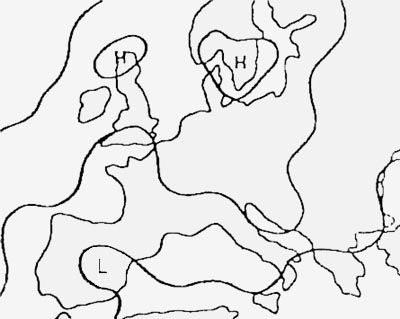 Vtoss.
Vtoss. What is the effect of tail wind on the time to climb to a given altitude ?
Question 101-16 : The time to climb does not change the time to climb increases the time to climb decreases the effect on the time to climb will depend on the helicopter type
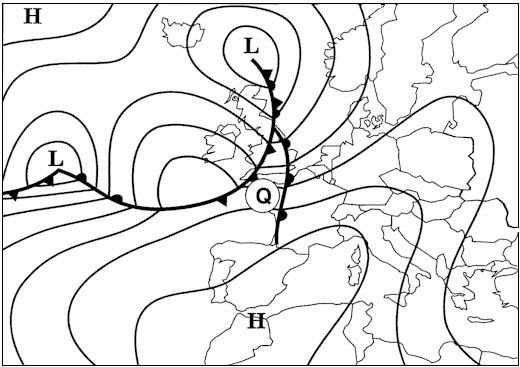 The time to climb does not change.
The time to climb does not change. When allowing a helicopter to descend to a level which can be maintained on the ?
Question 101-17 : Drift down self levelling controlled descent auto level
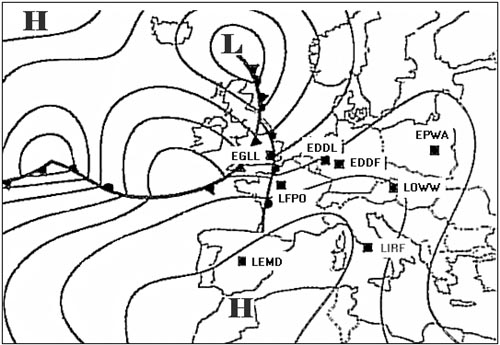 Drift-down.
Drift-down. When calculating the landing weight of a performance class 2 helicopter with ?
Question 101-18 : 50% of the forecast headwind the headwind the tailwind the passengers and freight to be uplifted
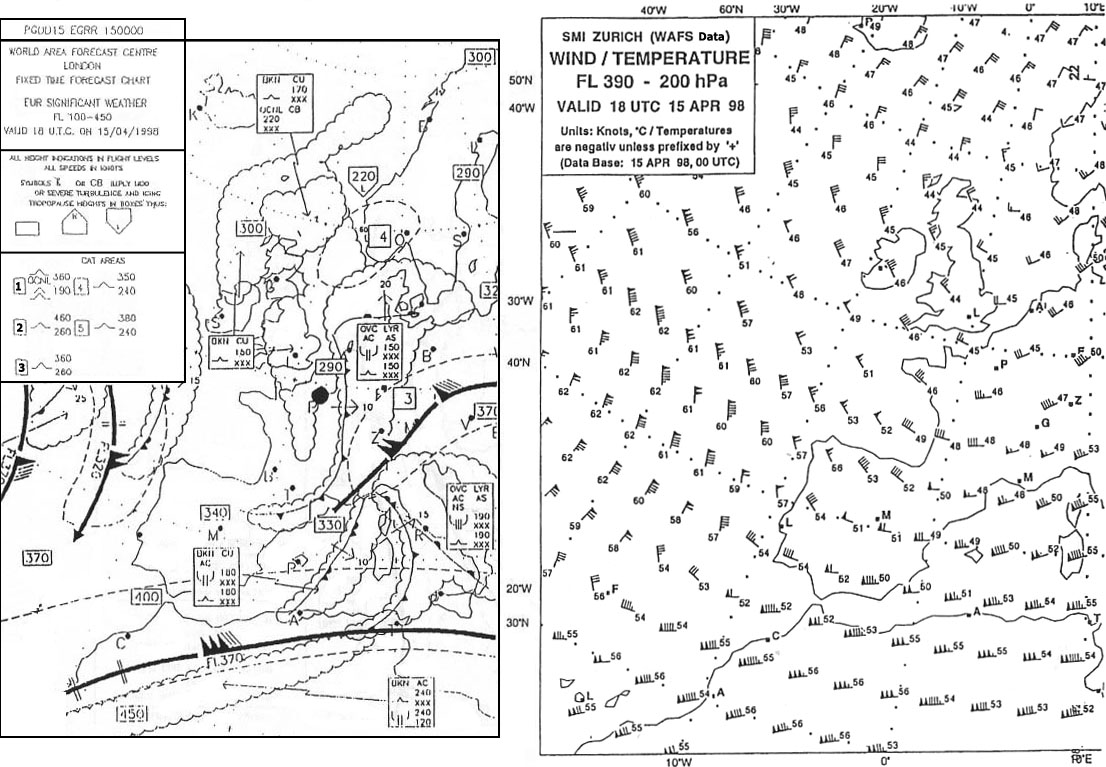 50% of the forecast headwind.
50% of the forecast headwind. When calculating the performance of a class 2 helicopter with one engine ?
Question 101-19 : The pressure altitude the eta the surface of the landing site the height of obstructions on the go round
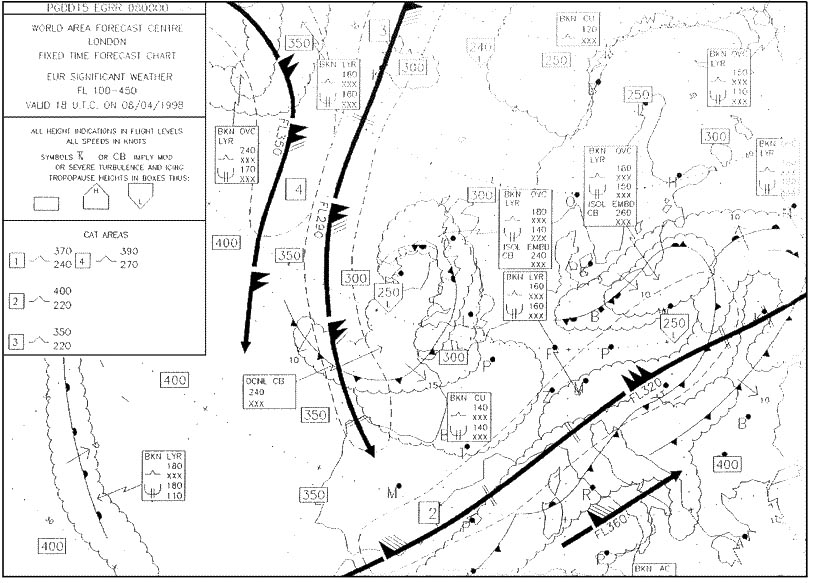 The pressure altitude.
The pressure altitude. When considering the take off path for a helicopter with performance class 2 ?
Question 101-20 : 35 ft in vfr 35 ft + 0 001 dr in ifr 10 7 m + 0 01 dr in vfr 35 ft in ifr
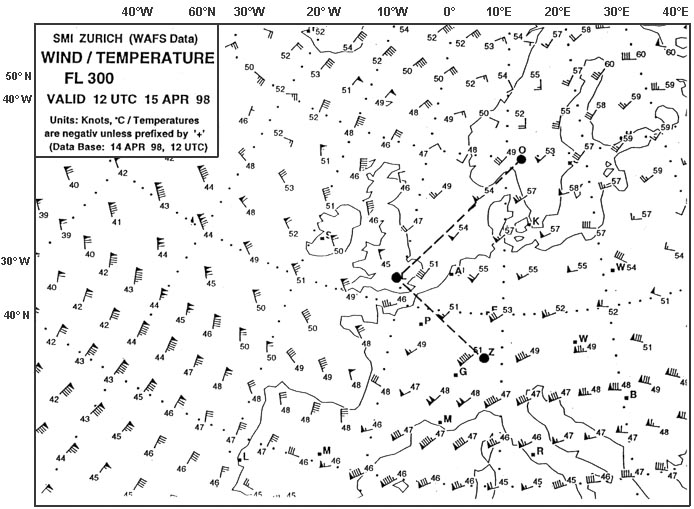 35 ft in vfr.
35 ft in vfr. When en route in a performance class 1 helicopter which has had an engine ?
Question 101-21 : 50 ft/min at an altitude of 2000 ft in mountainous areas 100 ft/min at an altitude of 300 m 150 ft/min at an altitude of 1000 ft 50 ft/min at an altitude of 300 ft
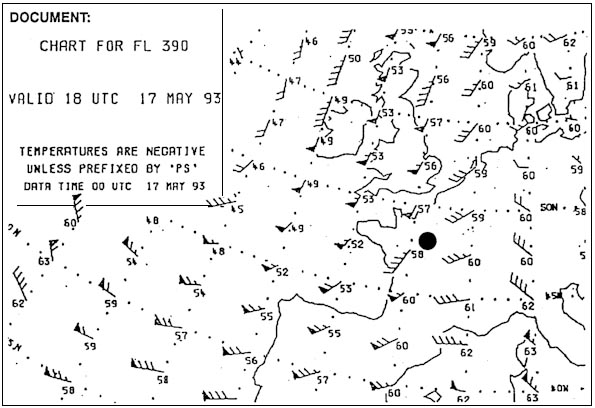 50 ft/min at an altitude of 2000 ft in mountainous areas.
50 ft/min at an altitude of 2000 ft in mountainous areas. When landing a performance class 2 helicopter with one engine inoperative the ?
Question 101-22 : 35 ft 35 m 15 ft a safe margin
 35 ft.
35 ft. When landing at an elevated heliport a helicopter with performance class 1 and ?
Question 101-23 : 4 5 m 15 m 35 ft 35 m
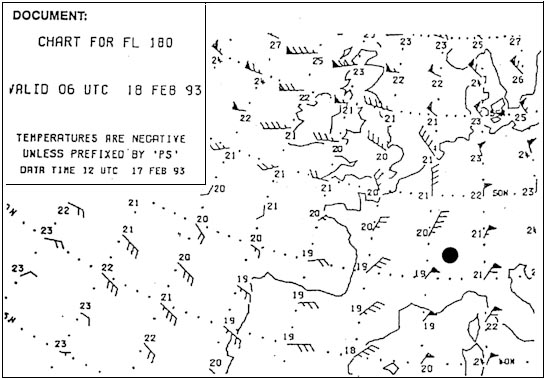 4.5 m.
4.5 m. When planning for landing a performance class 1 helicopter the following ?
Question 101-24 : Any expected change in mass during flight take off technique not more than 75% of forecast headwind the expected ambient pressure at the heliport
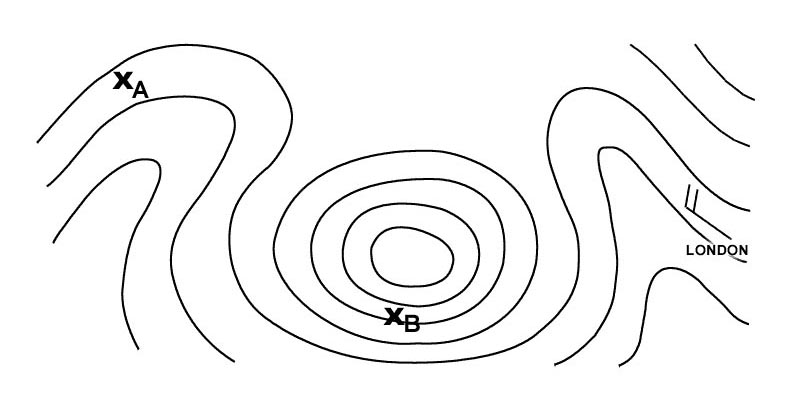 Any expected change in mass during flight.
Any expected change in mass during flight. When planning obstacle avoidance on the take off path of a performance class 1 ?
Question 101-25 : 7 x rotor radius r for day operations 30 ft 2 x length of helicopter 1 5 x length of the helicopter + 15 dr for ifr
 7 x rotor radius (r) for day operations.
7 x rotor radius (r) for day operations. Where is an official 'fuel flow chart' found ?
Question 101-26 : In the 'helicopter flight manual' in the 'maintenance manual' in the 'operators manual' in the 'type certificate'
 In the 'helicopter flight manual'.
In the 'helicopter flight manual'. Which of the following factors has the greatest effect on take off power ?
Question 101-27 : Density altitude light precipitation humidity airfield elevation
 Density altitude.
Density altitude. Which of the following groups of conditions are the most favourable for take off ?
Question 101-28 : Low airfield elevation low humidity low temperature high atmospheric pressure high airfield elevation low temperature high atmospheric pressure low airfield elevation high temperature low air density high airfield elevation low humidity high temperature low atmospheric pressure
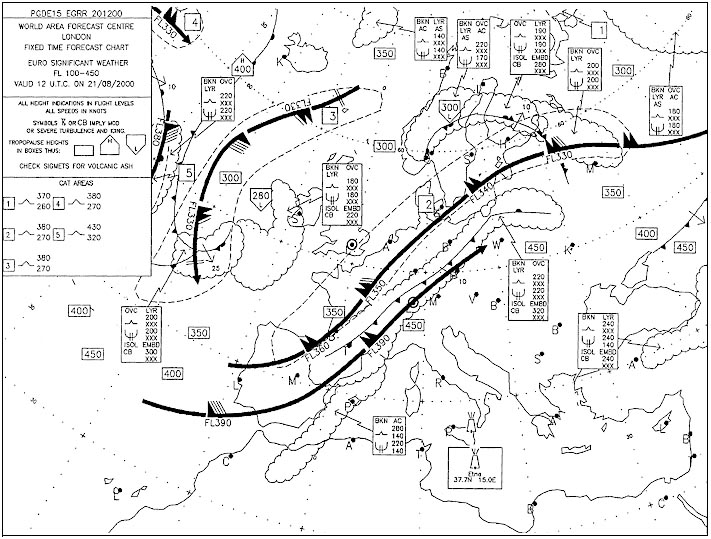 Low airfield elevation, low humidity, low temperature, high atmospheric pressure.
Low airfield elevation, low humidity, low temperature, high atmospheric pressure. Why is vne stated as an operating limitation .1 aerodynamic limitation.2 ?
Question 101-29 : 1 and 4 2 only 3 and 5 2 and 4
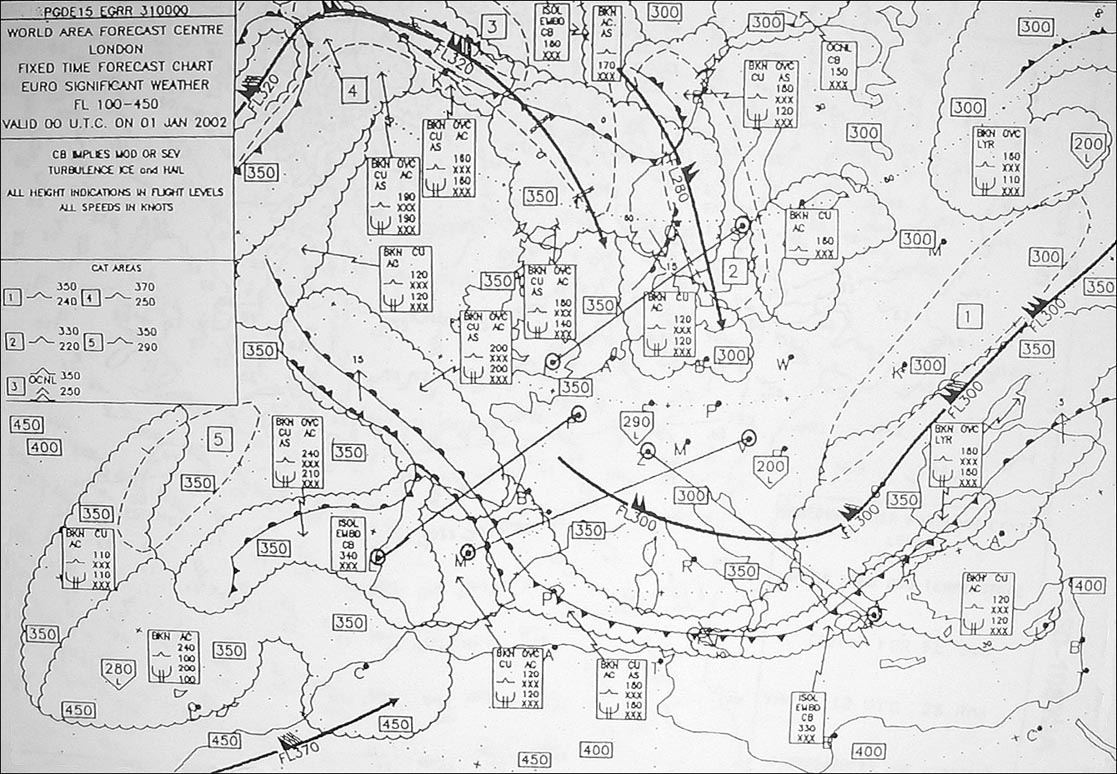 1 and 4.
1 and 4. With one engine inoperative a helicopter with performance class 1 when landing ?
Question 101-30 : 35 ft 15 m 4 5 m a safe margin
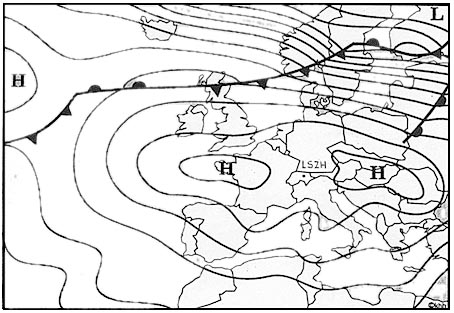 35 ft.
35 ft. The height/velocity diagram or unsafe area ?
Question 101-31 : Is independent of the altitude at which the helicopter is operating does not exist for multi engine helicopters is independent of the type of landing gear or skid the helicopter is equipped with depends on the mass of the helicopter
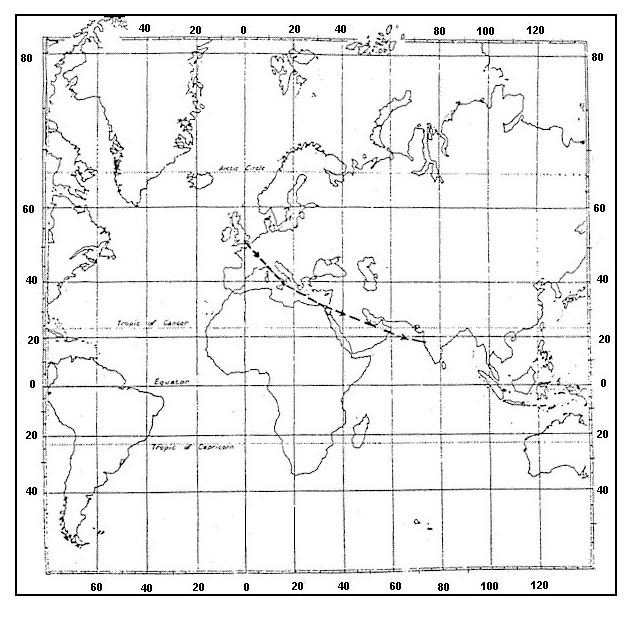 Is independent of the altitude at which the helicopter is operating.
Is independent of the altitude at which the helicopter is operating. Maximum endurance for a helicopter depends on ?
Question 101-32 : True airpseed indicated airspeed wind speed true airpseed or indicated airspeed
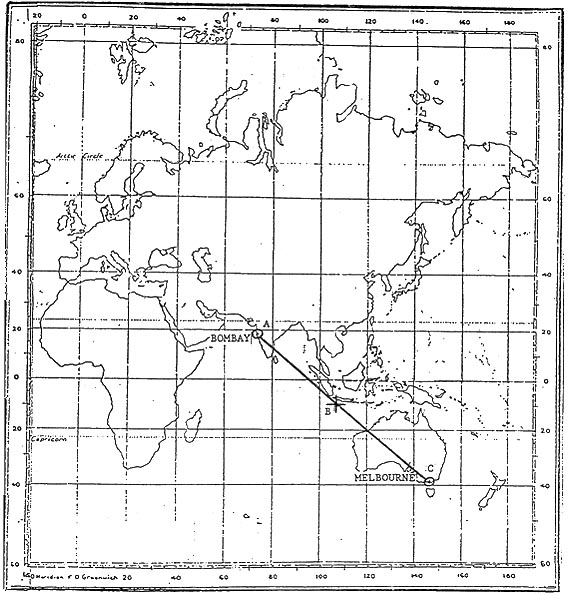 True airpseed.
True airpseed. A helicopter in performance class 3 must be certified in ?
Question 101-33 : Category a or b category a category b no category
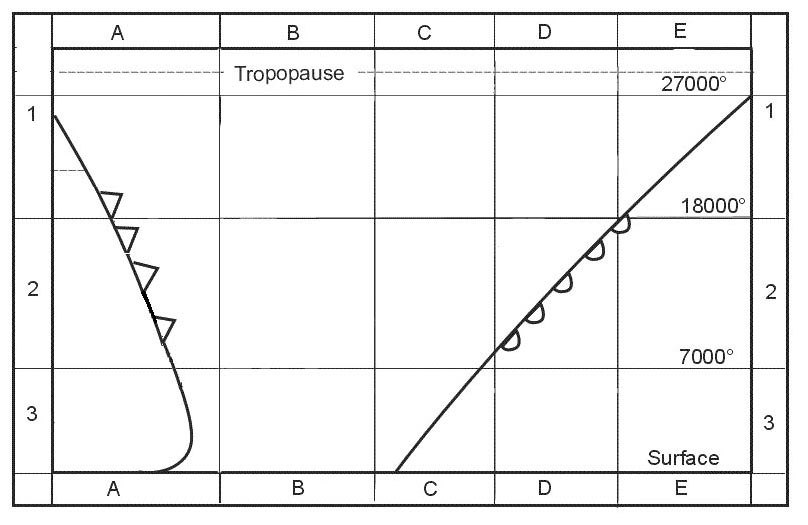 Category a or b.
Category a or b. At night operations in performance class 3 helicopters are ?
Question 101-34 : Never carried out only allowed in good moonlight only allowed with a good power margin routinely carried out
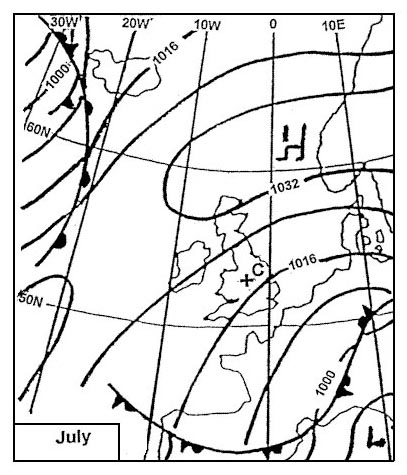 Never carried out.
Never carried out. For take off with a tail wind component in class 2 performance an operator must ?
Question 101-35 : 150% of the reported tail wind component 50% of the reported tail wind component 80% of the reported tail wind component 120% of the reported tail wind component
 150% of the reported tail wind component.
150% of the reported tail wind component. When planning for one engine inoperative in the cruise a helicopter of ?
Question 101-36 : 50 ft/min at 2000 ft in mountainous areas 100 ft/min 100 ft/min at 1000 ft 300 ft/min at 300 m
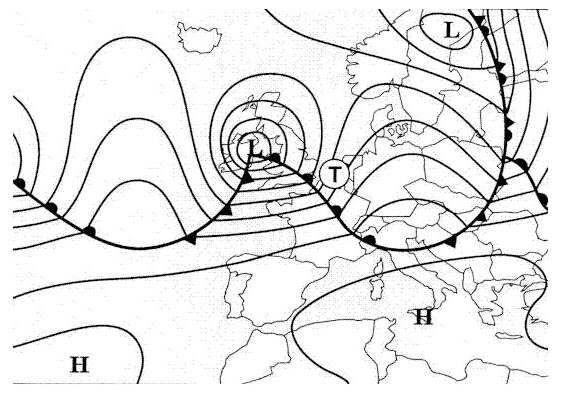 50 ft/min at 2000 ft in mountainous areas.
50 ft/min at 2000 ft in mountainous areas. Define the term 'performance class 2' ?
Question 101-37 : Performance class 2 operations are those operations such that in the event of critical power unit failure performance is available to enable the helicopter to safely continue the flight except when the failure occurs early during the take off manoeuvre or late in the landing manoeuvre in which cases a forced landing may be required performance class 2 operations are those with performance such that in the event of failure of the critical power unit the helicopter is able to land within the rejected take off distance available or safely continue the flight to an appropriate landing area depending on when the failure occurs performance class 2 helicopters means multi engine helicopters based on a critical engine failure concept which assures performance capability for continued safe flight in the event of an engine failure performance class 2 operations are those operations such that in the event of a power unit failure at any time during the flight a forced landing may be required in a multi engine helicopter but will be required in a single engine helicopter
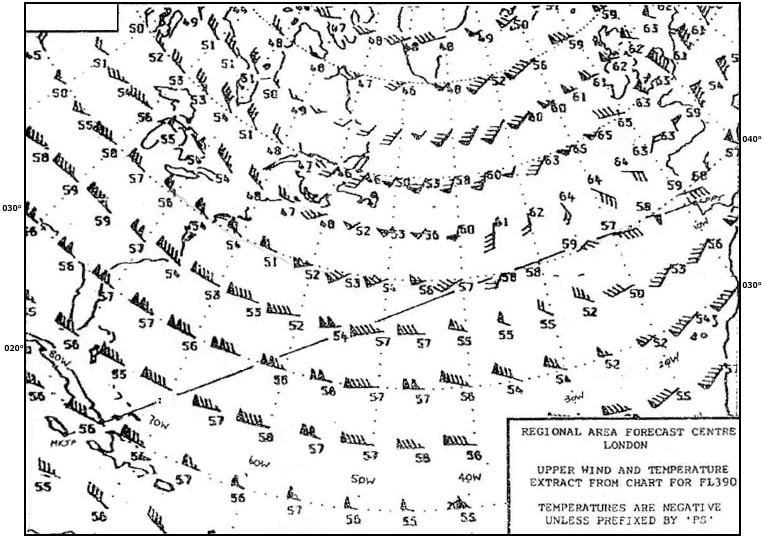 Performance class 2 operations are those operations such that, in the event of critical power unit failure, performance is available to enable the helicopter to safely continue the flight, except when the failure occurs early during the take-off manoeuvre or late in the landing manoeuvre, in which cases a forced landing may be required.
Performance class 2 operations are those operations such that, in the event of critical power unit failure, performance is available to enable the helicopter to safely continue the flight, except when the failure occurs early during the take-off manoeuvre or late in the landing manoeuvre, in which cases a forced landing may be required. In class 2 performance with one engine failed and the others operating a ?
Question 101-38 : 150 ft/min at 1000 ft above the destination and the alternate heliports 150 ft/min at 1000 ft above the destination heliport 150 ft/min at 200 ft above the destination heliport 150 ft/min at 200 ft above the destination and the alternate heliports
 150 ft/min at 1000 ft above the destination and the alternate heliports.
150 ft/min at 1000 ft above the destination and the alternate heliports. Performance class 2 helicopters shall have a maximum approved seating ?
Question 101-39 : 19 or less but more than 9 19 or more 29 or more more than 19
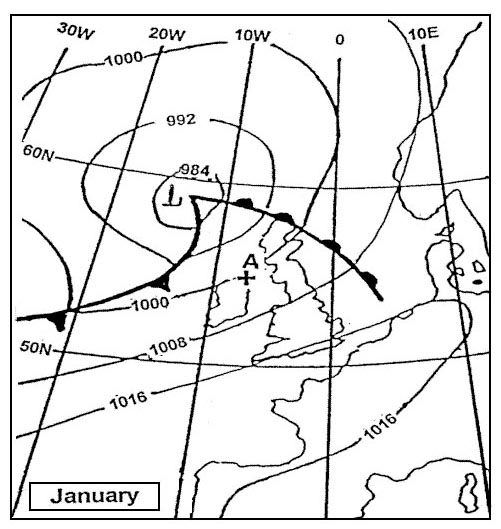 19 or less but more than 9.
19 or less but more than 9. In class 1 performance with one engine failed and the others operating a ?
Question 101-40 : 150 ft/min at 1000ft and 100 ft/min at 200 ft above the destination and the alternate heliports 150 ft/min at 1000 ft above the destination and the alternate heliports 100 ft/min at 200 ft above the destination and the alternate heliports 150 ft/min at 1000 ft and 100 ft/min at 200ft above the destination heliport
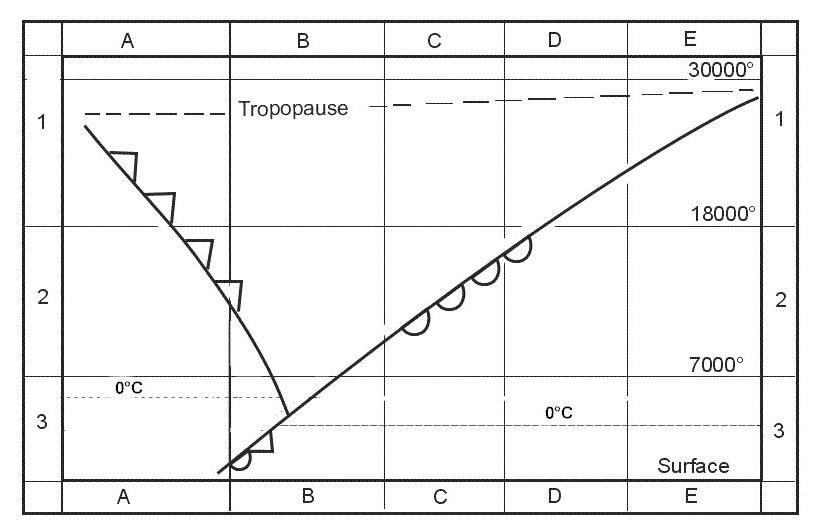 150 ft/min at 1000ft and 100 ft/min at 200 ft, above the destination and the alternate heliports.
150 ft/min at 1000ft and 100 ft/min at 200 ft, above the destination and the alternate heliports. ~
Exclusive rights reserved. Reproduction prohibited under penalty of prosecution.
3999 Free Training Exam
